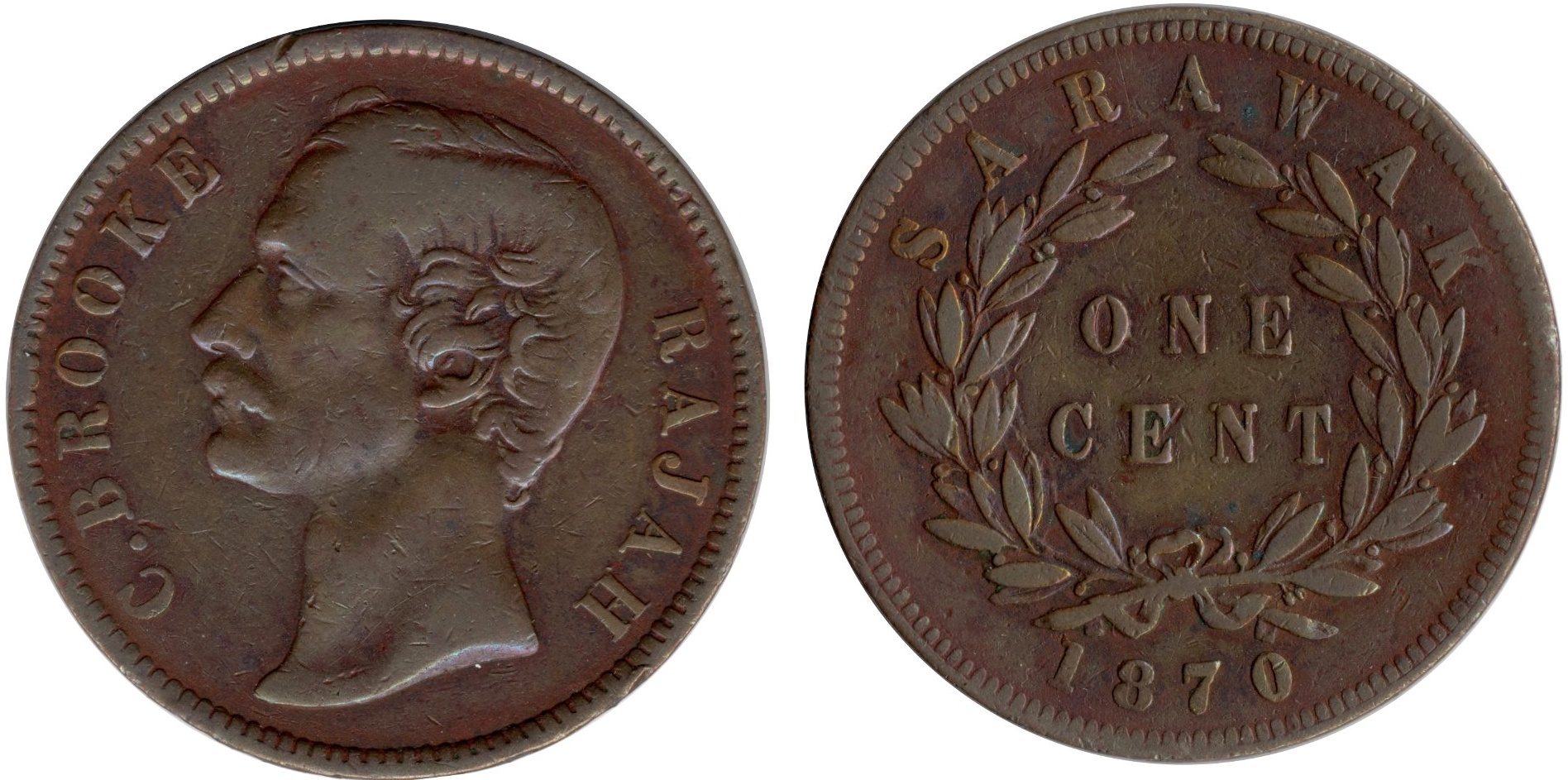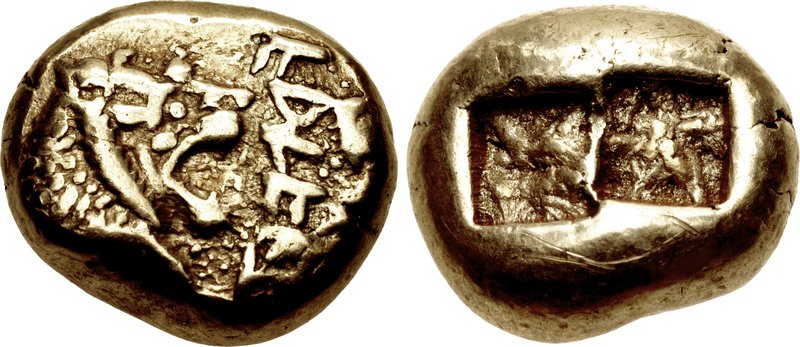|
Sarawak Dollar
The dollar was the currency of the Raj of Sarawak from 1858 to 1953. It was subdivided into 100 ''cents''. The dollar remained at par with the Straits dollar and its successor the Malayan dollar, the currency of Malaya and Singapore, from its introduction until both currencies were replaced by the Malaya and British Borneo dollar in 1953. During the Japanese occupation period (1942–1945), paper money was issued in denominations ranging from 1 cent to 1,000 dollars. This currency was fixed at 1 dollar = 1 Japanese yen, compared to a 1:2 pre-war rate. Following the war, the Japanese occupation currency was declared worthless and the previous issues of the Sarawakian dollar regained their value relative to sterling (two shillings four pence). Coins All Sarawak coins carry the portrait and the name of one of the three " White Rajahs" of Sarawak, James Brooke until 1868, Charles Brooke from 1868 to 1917, and Charles Vyner Brooke from 1917 to the end of this currency in 193 ... [...More Info...] [...Related Items...] OR: [Wikipedia] [Google] [Baidu] |
Flag Of The Raj Of Sarawak (1870)
A flag is a piece of fabric (most often rectangular or quadrilateral) with a distinctive design and colours. It is used as a symbol, a signalling device, or for decoration. The term ''flag'' is also used to refer to the graphic design employed, and flags have evolved into a general tool for rudimentary signalling and identification, especially in environments where communication is challenging (such as the maritime environment, where semaphore is used). Many flags fall into groups of similar designs called flag families. The study of flags is known as "vexillology" from the Latin , meaning "flag" or "banner". National flags are patriotic symbols with widely varied interpretations that often include strong military associations because of their original and ongoing use for that purpose. Flags are also used in messaging, advertising, or for decorative purposes. Some military units are called "flags" after their use of flags. A ''flag'' (Arabic: ) is equivalent to a briga ... [...More Info...] [...Related Items...] OR: [Wikipedia] [Google] [Baidu] |
Charles Brooke, Rajah Of Sarawak
Sir Charles Brooke, Rajah of Sarawak, GCMG (''Charles Anthoni Johnson Brooke''; 3 June 1829 – 17 May 1917), born ''Charles Anthoni Johnson'', ruled as the head of state of Raj of Sarawak from 3 August 1868 until his death. He succeeded his uncle, James Brooke, as the second White Rajah of this small country on the coast of Borneo. Biography Charles Anthoni Johnson, was born in Berrow Vicarage, Burnham, Somerset, in England, to the Rev. Francis Charles and Emma Frances Johnson, née Brooke. Emma was the younger sister of James Brooke, the first Rajah of Sarawak. In addition to Charles, Francis and Emma had other children: Captain John Brooke Johnson (1823–1868) (later Brooke Brooke), Mary Anna Johnson (b. 1824), Harriet Helena Johnson (b. 1826), Charlotte Frances Johnson (b. 1828), Captain (William) Frederic Johnson (b. 1830), Emma Lucy Johnson (b. 1832), Margaret Henrietta Johnson (1834–1845), Georgianna Brooke Johnson (1836–1854), James Stuart Johnson (1839–1840), ... [...More Info...] [...Related Items...] OR: [Wikipedia] [Google] [Baidu] |
Dollar
Dollar is the name of more than 20 currencies. They include the Australian dollar, Brunei dollar, Canadian dollar, Hong Kong dollar, Jamaican dollar, Liberian dollar, Namibian dollar, New Taiwan dollar, New Zealand dollar, Singapore dollar, United States dollar, Trinidad and Tobago Dollar and several others. The symbol for most of those currencies is the dollar sign $ in the same way as many countries using peso currencies. Economies that use a "dollar" Other territories that use a "dollar" * : Eastern Caribbean dollar * (Netherlands): US dollar * : US dollar (alongside the pound sterling) * : US dollar * : Eastern Caribbean dollar * (Netherlands): US dollar * (France): Canadian dollar (alongside the euro) * (Netherlands): US dollar * : US dollar Countries unofficially accepting "dollars" * Afghanistan: US dollar * Argentina: US dollar * Bolivia: US dollar * Cambodia: US dollar * Cuba: US dollar * Guatemala: US dollar * Lebanon: US dollar * Macau: Hong Kon ... [...More Info...] [...Related Items...] OR: [Wikipedia] [Google] [Baidu] |
Currencies Of The British Empire
A currency, "in circulation", from la, currens, -entis, literally meaning "running" or "traversing" is a standardization of money in any form, in use or circulation as a medium of exchange, for example banknotes and coins. A more general definition is that a currency is a ''system of money'' in common use within a specific environment over time, especially for people in a nation state. Under this definition, the British Pound Sterling (£), euros (€), Japanese yen (¥), and U.S. dollars (US$)) are examples of (government-issued) fiat currencies. Currencies may act as stores of value and be traded between nations in foreign exchange markets, which determine the relative values of the different currencies. Currencies in this sense are either chosen by users or decreed by governments, and each type has limited boundaries of acceptance - i.e. legal tender laws may require a particular unit of account for payments to government agencies. Other definitions of the term "currenc ... [...More Info...] [...Related Items...] OR: [Wikipedia] [Google] [Baidu] |
Currencies Of Malaysia
A currency, "in circulation", from la, currens, -entis, literally meaning "running" or "traversing" is a standardization of money in any form, in use or circulation as a medium of exchange, for example banknotes and coins. A more general definition is that a currency is a ''system of money'' in common use within a specific environment over time, especially for people in a nation state. Under this definition, the British Pound Sterling (£), euros (€), Japanese yen (¥), and U.S. dollars (US$)) are examples of (government-issued) fiat currencies. Currencies may act as stores of value and be traded between nations in foreign exchange markets, which determine the relative values of the different currencies. Currencies in this sense are either chosen by users or decreed by governments, and each type has limited boundaries of acceptance - i.e. legal tender laws may require a particular unit of account for payments to government agencies. Other definitions of the term "curre ... [...More Info...] [...Related Items...] OR: [Wikipedia] [Google] [Baidu] |
1953 Disestablishments
Events January * January 6 – The Asian Socialist Conference opens in Rangoon, Burma. * January 12 – Estonian émigrés found a government-in-exile in Oslo. * January 14 ** Marshal Josip Broz Tito is chosen President of Yugoslavia. ** The CIA-sponsored Robertson Panel first meets to discuss the UFO phenomenon. * January 15 – Georg Dertinger, foreign minister of East Germany, is arrested for spying. * January 19 – 71.1% of all television sets in the United States are tuned into ''I Love Lucy'', to watch Lucy give birth to Little Ricky, which is more people than those who tune into Dwight Eisenhower's inauguration the next day. This record has yet to be broken. * January 20 – Dwight D. Eisenhower is sworn in as the 34th President of the United States. * January 24 ** Mau Mau Uprising: Rebels in Kenya kill the Ruck family (father, mother, and six-year-old son). ** Leader of East Germany Walter Ulbricht announces that agriculture will be co ... [...More Info...] [...Related Items...] OR: [Wikipedia] [Google] [Baidu] |




